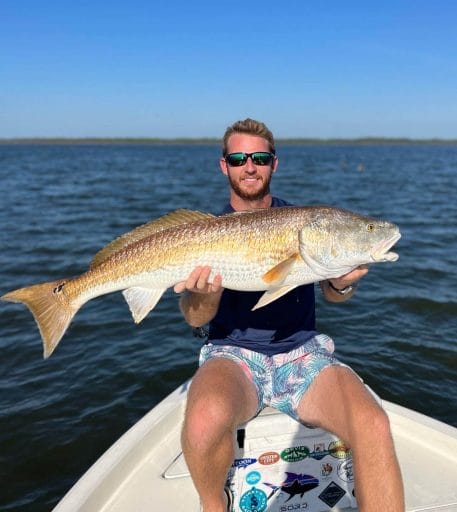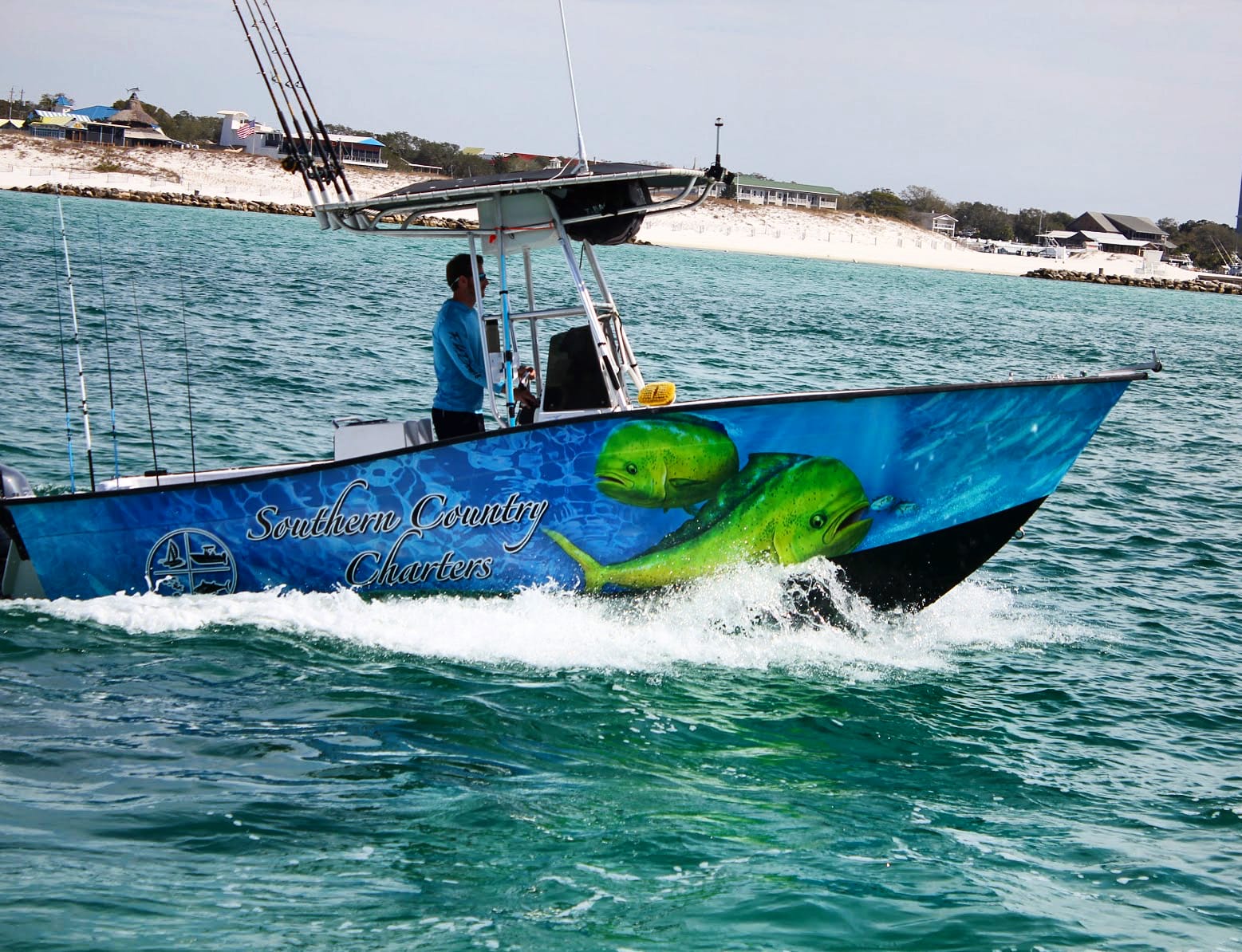Everyone Has Most Likely Heard the Term “Deep Sea Fishing” but What Does That Mean?
The phrase can be very deceiving, as some fisheries may produce large and plentiful varieties of game fish in water as shallow as 50 or 60 feet. The more appropriate way to differentiate the two most common types of saltwater fishing would be inshore fishing and offshore fishing.

Inshore Fishing
Inshore fishing can be even more fun and exhilarating than big game fishing in the most exotic of offshore locations. Most of us have spent at least a little bit of time pond hopping chasing catfish, bass, crappy, or bream at some point in our childhood. Inshore fishing in saltwater is similar to freshwater fishing in that there is much more nuance to the sport and success will be based on how detail oriented you are.
Inshore fishing requires more detailed knowledge of your bait, rigging, rod, reel, leader and hook combinations. Your bait selections will need to be more specified, and you will have to exhibit more patience and control over your gear and equipment. Inshore fishing generally requires using much lighter tackle, which in return can provide awesome fights and bites, but can also result in you missing a lot of fish when you are first starting out.
Inshore species will all behave uniquely, differently, and will require you to research and understand what they will be doing throughout the hotter and colder parts of the day. For example, speckled trout may be abundant In shallow water in the early parts of the morning and around sunset, but will most likely spend the majority of the day when the sun is high in the sky in potholes and in the shadows of deep docks, or under any structure they can find to stay out of the heat. Conversely, redfish, being an ambush predator, are generally going to be found up current, waiting for bait to be carried to them by the current. Understanding the tendencies and environmental preferences of the species you’re targeting is crucial in successfully catching inshore species.

Offshore Fishing
Offshore fishing is a way to target all varieties of species in your fishery as you can find the majority of inshore species as well as offshore species while fishing over near shore, wrecks, reefs and natural bottoms. Offshore fishing generally requires larger gear and tackle as there are many more species that will inhabit the locations that you are fishing. You will also be fishing in much deeper water when you are offshore fishing, which will require much larger reels, much thicker mainline and leaders, larger hooks and bigger baits.
While offshore fishing it is also imperative that you understand the environmental requirements and desires of your target species. The better you understand the way your targets live and think naturally, the more success you will have in catching them. Because of the variety of species and the differences in their habitat, offshore fishing may require many more techniques that you will not apply to inshore fishing. For example, trolling, high speed trolling, bump trolling, and planer trolling are four different ways to fish the same lures and baits for similar species in various water and sea conditions as well as depths.

Bottom Fishing
When bottom fishing offshore you never really know what you’re going to get. So your setups, gear, rigging, and tackle should be more equipped for a larger variety of species. When fishing chicken rigs or multiple hook rigs of any kind, it is likely that you could catch any variety of reef species, various pelagic’s, and several types of game fish. There is nothing worse than losing your personal best because you weren’t prepared with the correct gear and rigging.
Offshore fishing also generally requires navigating deeper water, larger waves, and often more harsh sea conditions. So when deciding whether to fish inshore or offshore always check the wind report and take a look at the swell. And always be sure to check your local regulations before fishing anywhere.
Whether you are interested in chasing mangrove snappers, speckled trout, flounder, and redfish inshore in the shallows, or looking for an offshore experience, chasing bigger bites and longer fights like amberjack, king, mackerel, mahi-mahi, or even various species of sharks, call Southern Country Charters today at 850-739-3175 or click the booking link above and let’s go have some fun, make some memories and catch some fish!

